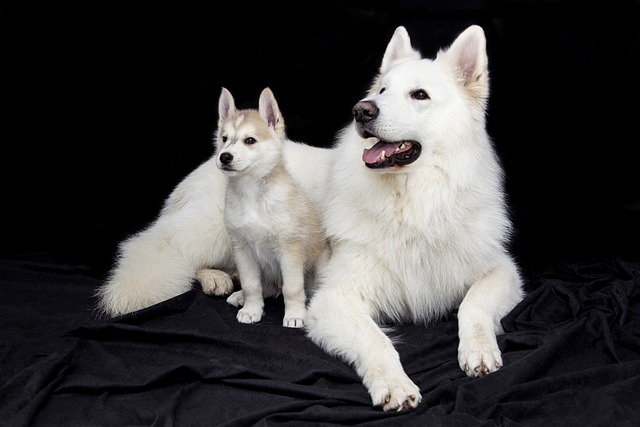
How to alleviate the decay of dog teeth
Noticing a bit of brown buildup on your dog’s teeth or catching a whiff of something less than fresh when they yawn? You’re likely dealing with the early stages of canine tooth decay
Dogs often bounce back quickly after dental work, but sometimes things don’t go as smoothly. Knowing the signs of trouble after a tooth extraction can mean the difference between a minor fix and a serious issue. A golden retriever owner in Vermont noticed her pup avoiding his favorite chew toy three days post-surgery—turns out, a small piece of bone had gotten stuck in the socket, causing irritation.
Swelling that lingers or worsens is a red flag. Mild puffiness around the muzzle is normal for the first 48 hours, but if it feels hot to the touch or grows larger, it could signal infection. A vet in Yorkshire treated a terrier whose owner dismissed swelling as "just part of healing"—by the time they sought help, an abscess had formed, requiring antibiotics and additional procedures.
Unusual discharge from the mouth needs immediate attention. Clear saliva is fine, but yellow or green pus, or blood that doesn’t stop within 24 hours, points to problems. A border collie in Oregon started drooling thick, brownish fluid a week after extraction; X-rays showed a fragment of tooth root left behind, which had to be removed surgically.
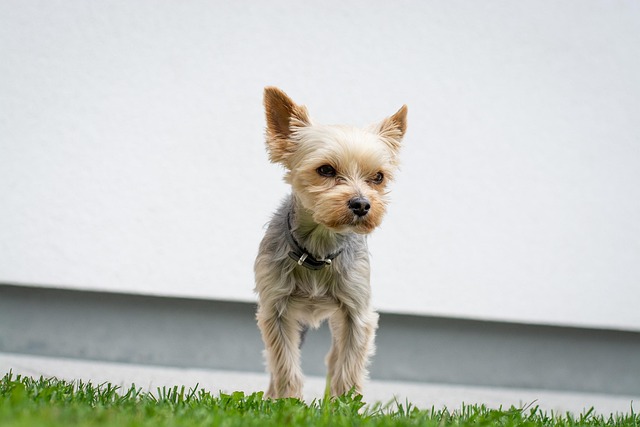 Changes in eating habits rarely mean nothing. Some dogs eat less for a day or two, but refusal to eat entirely after 72 hours is cause for concern. A dachshund in Ontario began dropping kibble and whimpering while chewing—her owner discovered she’d developed a dry socket, a painful condition where the blood clot dislodges, exposing the bone.
Changes in eating habits rarely mean nothing. Some dogs eat less for a day or two, but refusal to eat entirely after 72 hours is cause for concern. A dachshund in Ontario began dropping kibble and whimpering while chewing—her owner discovered she’d developed a dry socket, a painful condition where the blood clot dislodges, exposing the bone.
Lethargy beyond the first recovery day warrants a call to the vet. Anesthesia can leave dogs tired, but if your pup is listless, uninterested in walks, or running a fever (over 103°F/39.4°C), it may indicate infection or inflammation. A vet in Texas notes that older dogs, especially those with underlying conditions like diabetes, are more prone to such complications.
Bad breath that sticks around post-surgery isn’t normal. Temporary odor from healing is expected, but a foul, rotten smell after a week suggests bacterial growth. A poodle in Scotland’s owner thought the smell was "just dog breath"—it turned out to be osteomyelitis, an infection in the jawbone that needed aggressive treatment.
Knowing local regulations helps too. In many European countries, veterinarians must provide post-op care instructions in writing, and owners are legally obligated to seek follow-up care if complications arise. In the U.S., while laws vary, animal welfare groups stress that timely treatment for dental issues is part of responsible pet ownership.
Most extraction complications are manageable with prompt care. Keep a close eye on your dog for the first two weeks, note any changes, and don’t hesitate to contact your vet. A little vigilance goes a long way toward ensuring their recovery is quick and comfortable—and gets them back to stealing treats off the counter in no time.

Noticing a bit of brown buildup on your dog’s teeth or catching a whiff of something less than fresh when they yawn? You’re likely dealing with the early stages of canine tooth decay
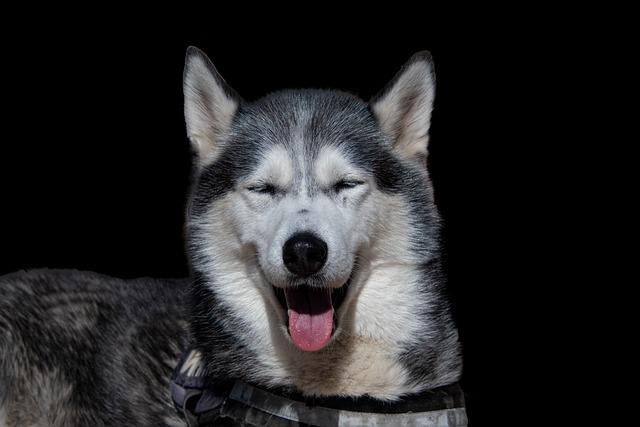
Toxocara canis, a common intestinal parasite in dogs, often flies under the radar until symptoms start to show—and by then, it might have already caused discomfort or worse.

Imagine you’re in your Austin apartment kitchen, stirring a pot of chicken and rice for your 8-month-old Corgi pup—you’ve seen
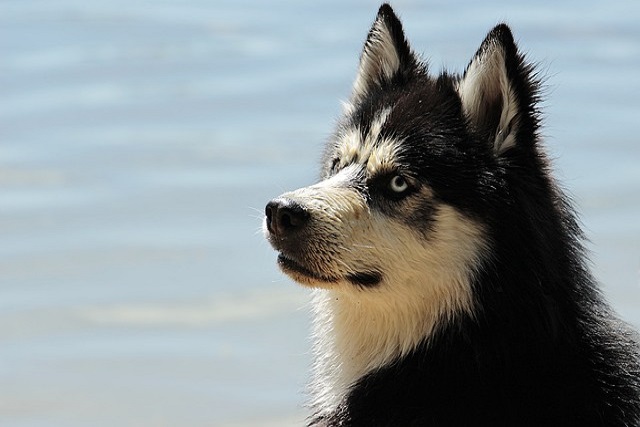
Imagine you’re in your New York City apartment, scrolling through your phone while your 9-month-old Bichon Frise curls up on the couch—suddenly
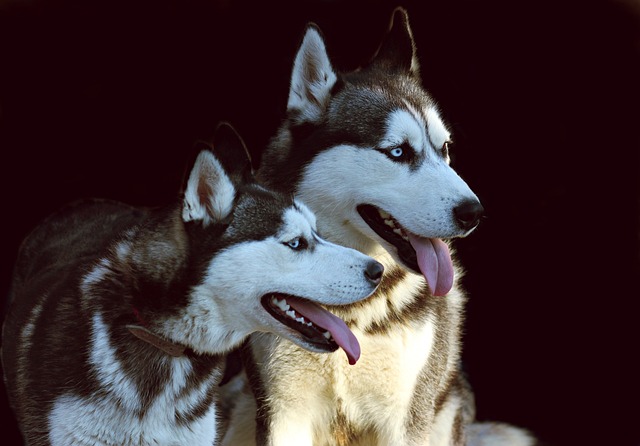
Imagine you’re in your Brooklyn apartment, folding laundry while your 8-month-old Golden Retriever pup curls up on the couch—suddenly, they shoot up
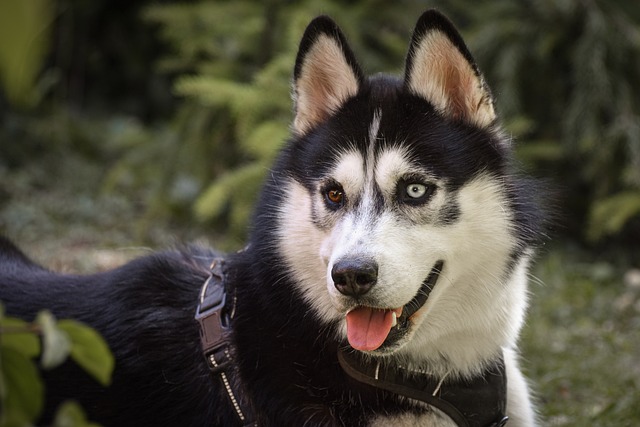
Imagine you’re in your Dallas apartment, holding a tiny chewable worm preventative in one hand and your 6-month-old Corgi pup in the other—you pause